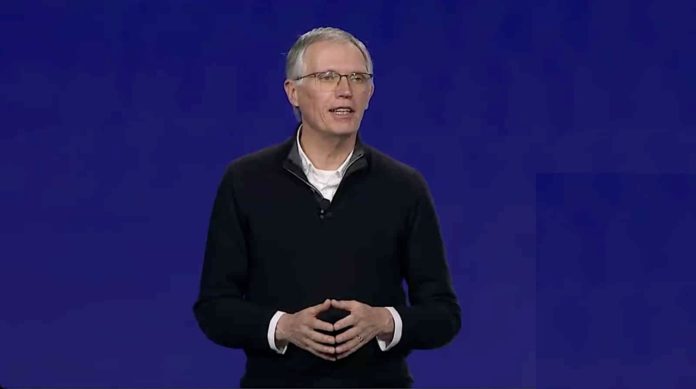Stellantis CEO Carlos Tavares told reporters in France the company will need to build one or even two new factories for electric vehicle batteries in the United States to reach its output targets.
The comments, reported by Reuters, are the latest in a series of words spoken and actions taken by the automaker to secure a stable supply of batteries for its upcoming EVs. Just last week, Stellantis used its venture capital fund to invest in a California company called Lyten to develop and commercialize potential applications for Lithium-Sulfur EV battery production.
Unlike traditional lithium-ion batteries, Lyten’s Lithium-Sulfur batteries do not use nickel, cobalt or manganese in the battery substrate, resulting in an estimated 60% lower carbon footprint than today’s best-in-class batteries. According to the Stellantis announcement, raw materials for Lithium-Sulfur batteries have the potential to be sourced and produced in North America or Europe, meeting key tax credit requirements.
Comments in Europe
Tavares spoke to reporters at a European battery factory launch, saying that Stellantis would likely need one or two similar plants in the North American free trade zone. Two plants have already been announced in the U.S. and Canada. Tavares credited the Inflation Reduction Act for those plants. Stellantis plans to achieve global battery production capacity of up to 400 gigawatt-hours, GWh, by 2030.

However, the plant in Canada is currently on hold due to political considerations revolving around incentives from the Canadian Federal and Ontario provincial governments. While negotiating with the Canadian federal government, Stellantis halted building at a $3.7 billion electric vehicle battery project in Canada that is being built in collaboration with LG Energy Solution (LGES) of South Korea.
Assuming the provincial government also contributes financially, Canada’s industry minister is optimistic about reaching an agreement with automaker Stellantis over subsidies to establish a battery plant in Windsor, Ontario.
“We have had a very simple strategy since long before the Inflation Reduction Act,” Tavares recently told TheDetroitBureau.com. “Our strategy has always been that in a given region, what you sell in that region needs to be sourced from that specific region, above 80%. That’s for all sorts of reasons. It can be cost competitiveness, can be custom duties, can be logistic costs, can be environmental, for our carbon footprint.”
Stellantis plans to spend $2.8 billion as part of the company’s long-term strategy to invest $35 billion through 2025 in electrification and software globally.

